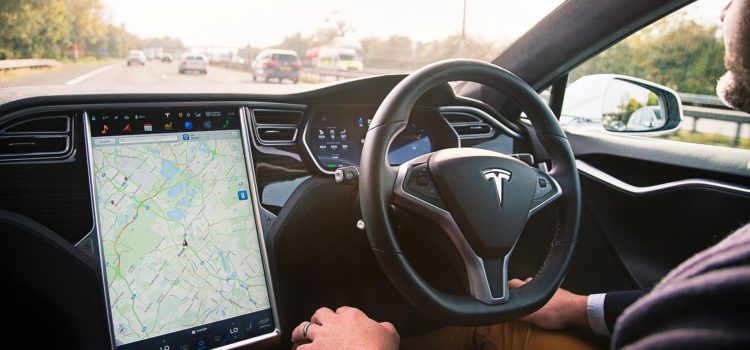


Following three crashes involving Autopilot since the start of the year, Tesla is pushing out an update called 2018.21.9. This new update shortens the time a driver can have their hands off the wheel of their vehicle before it begins to warn them to return their hands to the wheel. These measures seek to reduce the number of accidents that involve Autopilot by making sure the driver stays aware of the road while using the technology.
The Tension of Safety and Convenience
Tesla CEO Elon Musk is convinced that Autopilot increases safety on the road. This claim is dubious at best, and Tesla’s own safety regulations somewhat undercut it. If Autopilot is meant to be so safe, why are drivers encouraged to stay razer-sharp and aware while it is online? Truly, what is the point of an autopilot feature if you’re supposed to stay as aware and ready to intervene as you would if you were just driving anyway?
Tesla’s current update now alerts the driver once their hands have been off the wheel for thirty seconds. This begs the question: is the technology even ready yet? Elon Musk seems convinced that it is safe, and that true self-driving technology is just around the corner. Yet, it doesn’t look that way from the outside looking in. Every few months another autopilot-related accident occurs, and then Tesla issues another update. At what point does that update involve simply disabling Autopilot?
Walter Huang’s Case
The most recent fatality involving Autopilot was Walter Huang. Huang’s vehicle veered into a concrete lane divider while using Autopilot and he was killed by the impact. While Tesla maintains that Huang would have had to be ignoring the road in order for the crash to occur, a report from the National Transportation Safety Board suggests otherwise. The report holds that Huang last touched the wheel about six seconds before the crash.
This suggests that Tesla’s 2018.21.9 update would have had no effect on Huang’s death. Should the Autopilot function alert the driver five seconds after they release the wheel? At what point do we simply say that this experiment has failed?
Tesla and Ambition
There is something truly inspiring about a company trying to push the limits of technology. And, truly, Tesla seems to be on the edge of some amazing breakthroughs. However, when the safety of the public is compromised, any and all bets are off. Pushing technology through despite its glaring safety holes is irresponsible. Musk’s insistence on its safety in spite of the accidents is frustrating at best, and negligent at worst.
Maybe there will come a day when Tesla is the leader in self-driving car technology. Maybe one day we’ll look back at these days as the growing pains of a new form of transportation. But today, Walter Huang is dead. Whether or not he was paying attention to the road, his Autopilot steered him to his death, literally. This technology clearly still needs some serious work.











No comments so far.
Be first to leave comment below.